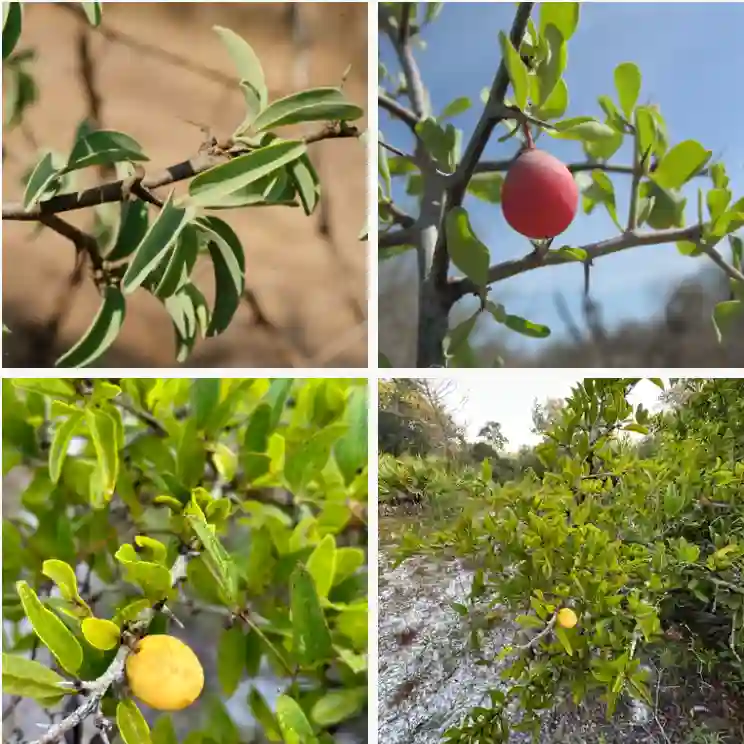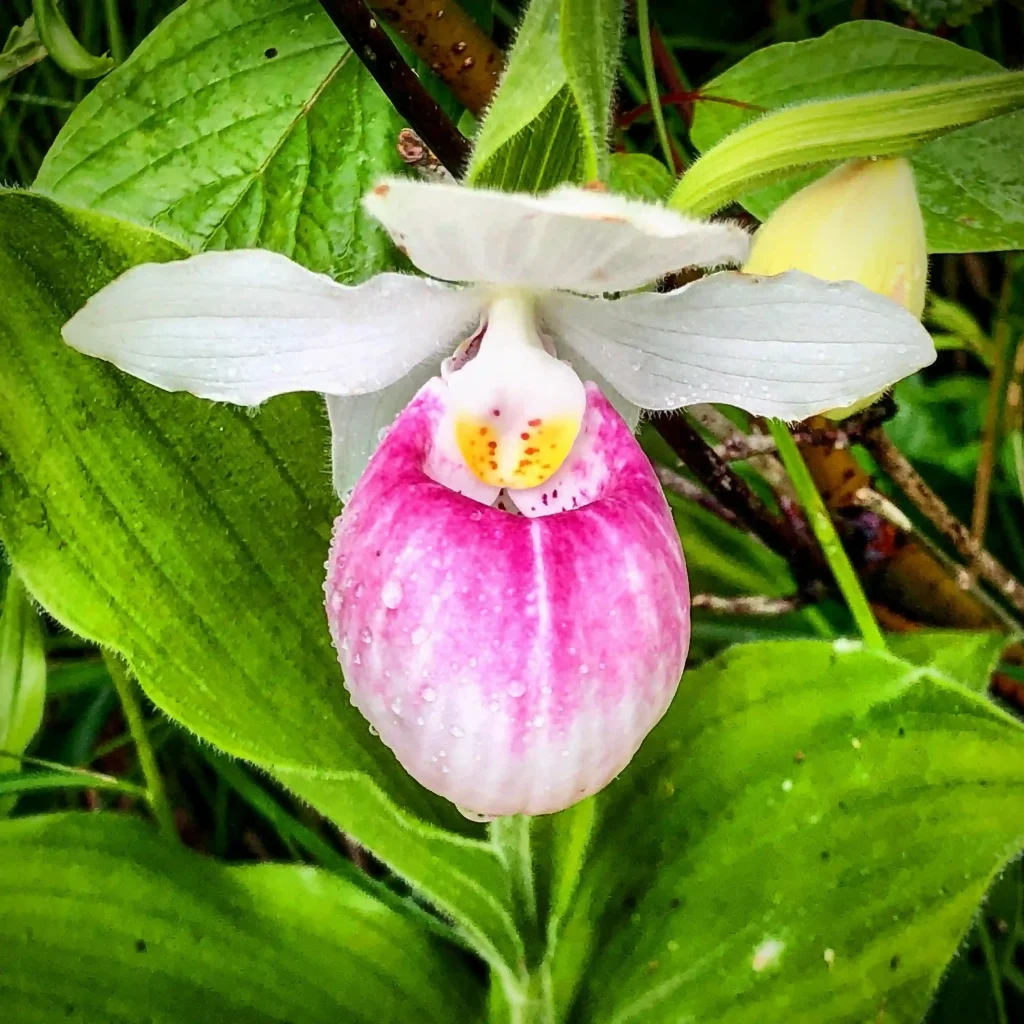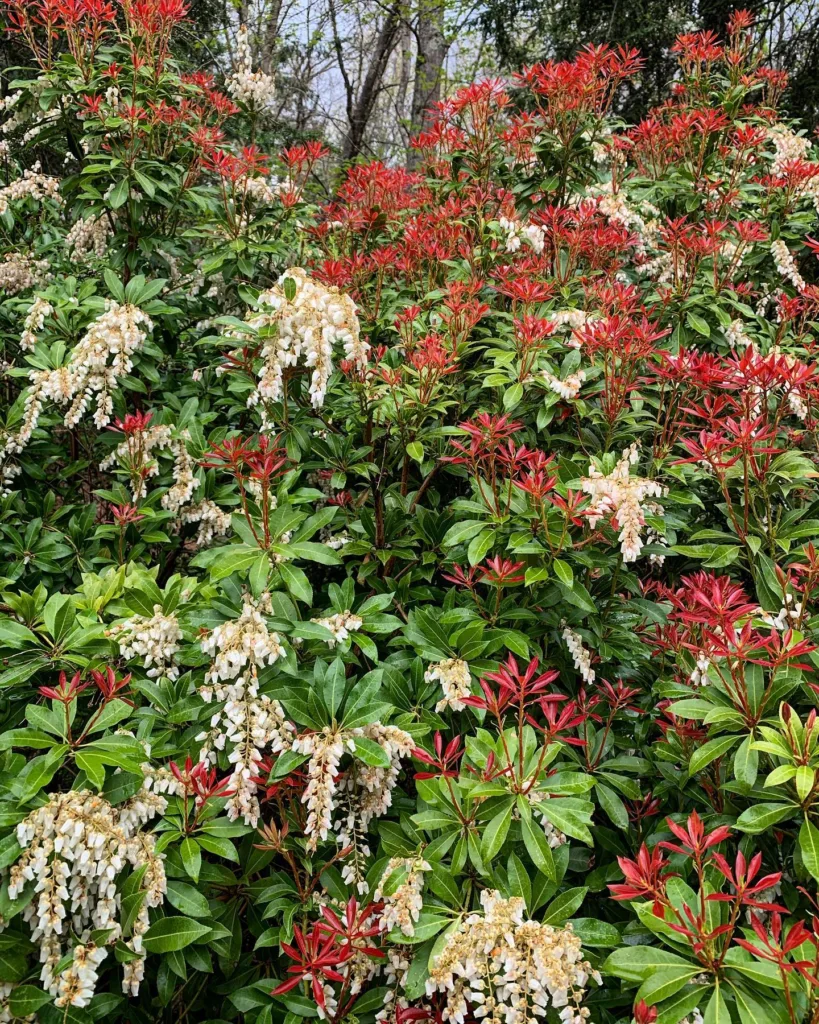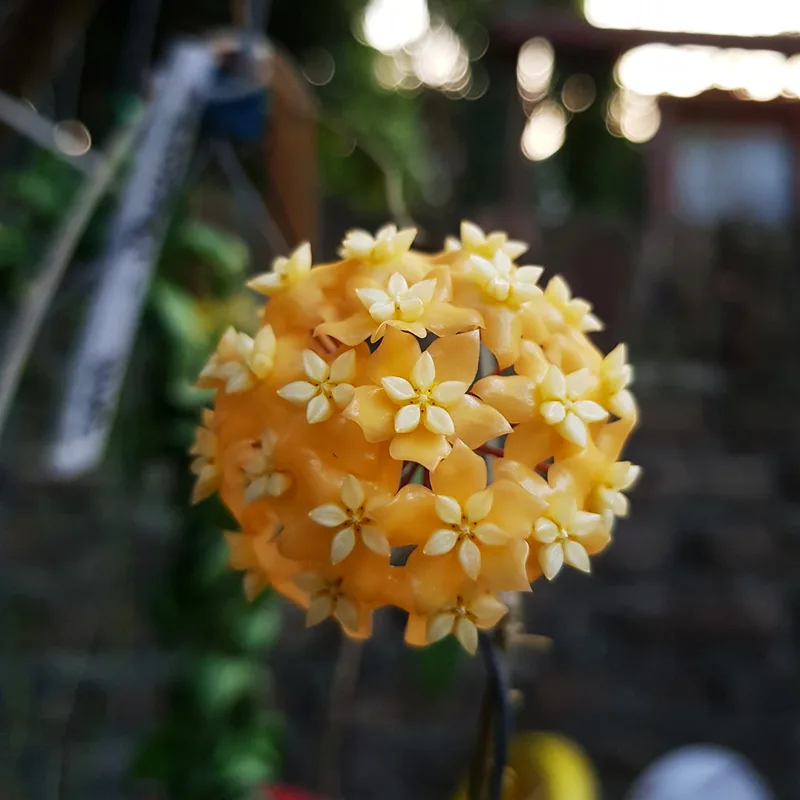FAQs About Metrosideros Polymorpha: Everything You Need to Know
Metrosideros Polymorpha, commonly known as ‘Ohi‘a Lehua, is a fascinating and diverse plant native to Hawaii. Its adaptability, striking appearance, and ecological importance make it a topic of interest for many. In this article, I’ll address some frequently asked questions about this unique species and share my insights based on personal experience.
What is Metrosideros Polymorpha?
Metrosideros Polymorpha is a species of flowering tree in the Myrtaceae family, known for its wide variety of forms and colors. It can be found in different habitats across Hawaii, from coastal areas to high mountain ridges. The tree is well-regarded for its vibrant red flowers, which resemble bottle brushes and attract a range of pollinators, including honeycreepers and bees.
Plant Family: 130 Genera in Myrtaceae
How to Care for Metrosideros Polymorpha?
Caring for Metrosideros Polymorpha involves understanding its needs in terms of soil, light, and water. Here are some tips based on my experience:
- Soil: The tree prefers well-drained soil, often thriving in volcanic ash or sandy loam. It doesn’t tolerate waterlogged conditions well, so good drainage is crucial.
- Light: Metrosideros Polymorpha enjoys full sun to partial shade. In its natural habitat, it often receives a lot of direct sunlight, so replicate this in your garden for best results.
- Water: While it’s relatively drought-tolerant once established, regular watering is beneficial, especially during dry spells. Avoid overwatering to prevent root rot.
- Temperature: It’s hardy in a range of temperatures but prefers a mild climate. It can handle light frost but is not ideal for extremely cold environments.
How to Propagate Metrosideros Polymorpha?
Propagation of Metrosideros Polymorpha can be done through several methods:
- Seeds: Collect seeds from mature flowers and sow them in a well-draining medium. Germination can take a few weeks, and keeping the soil consistently moist will help.
- Cuttings: You can take cuttings from healthy branches. Dip the cut ends in rooting hormone and plant them in a pot with a well-draining soil mix. Keep the cuttings in a humid environment until roots develop.
Can the Metrosideros Polymorpha Reproduce Asexually?
Yes, Metrosideros Polymorpha can reproduce asexually through a process known as vegetative propagation. This involves the growth of new plants from parts of the parent plant, such as stems or roots. While seed propagation is more common, asexual reproduction is a viable method for producing new plants.
How to Draw a Metrosideros Polymorpha?
Drawing Metrosideros Polymorpha can be a rewarding artistic endeavor. Here’s a simple approach based on my observations:
- Outline: Start with a rough outline of the tree’s structure. Capture its characteristic shape, whether it’s a small shrub or a larger tree.
- Flowers: Focus on the distinctive red flowers. Draw them with a circular arrangement of long, slender stamens to replicate their bottle brush appearance.
- Leaves: The leaves can vary, but typically, they are oval to lance-shaped. Draw them in clusters, paying attention to their waxy texture and varied sizes.
- Details: Add texture to the bark and details to the flowers and leaves to bring your drawing to life. Use shading to create depth and realism.
What to Plant With Metrosideros Polymorpha?
When planting Metrosideros Polymorpha, consider companions that complement its growth and aesthetic:
- Native Plants: Combine it with other native Hawaiian plants like ‘A‘ali‘i or Naupaka to create a naturalistic garden.
- Pollinator Plants: Adding plants that attract pollinators can enhance the ecological value of your garden. Consider plants like Lantana or Hibiscus.
Can You Grow Metrosideros Polymorpha Indoors?
While Metrosideros Polymorpha is primarily an outdoor plant, it can be grown indoors if you can provide the right conditions. It needs plenty of sunlight, which might require a bright, south-facing window or grow lights. Keep in mind that it will grow much slower indoors and may not reach its full potential size.
Is Metrosideros Polymorpha Toxic?
Metrosideros Polymorpha is not known to be toxic to humans or pets. However, as with any plant, it’s a good idea to avoid ingestion and keep it away from children and animals.
Benefits of Metrosideros Polymorpha
This plant offers several benefits:
- Ecological Importance: It supports native wildlife by providing nectar and habitat.
- Aesthetic Appeal: Its vibrant flowers and varied forms make it a beautiful addition to any garden.
- Erosion Control: Its root system helps stabilize soil, which can be beneficial in erosion-prone areas.
Common Problems
- Pests: Watch for common pests like aphids or scale insects. Regular inspection and appropriate treatments can help manage infestations.
- Disease: Fungal diseases can occasionally affect Metrosideros Polymorpha. Ensure good air circulation and avoid overhead watering to reduce the risk.
Compare With Other Similar Plants
Metrosideros Polymorpha is often compared with other flowering trees like Eucalyptus and Leptospermum. While they share some similarities in appearance, Metrosideros Polymorpha is unique in its Hawaiian heritage and specific ecological role.
I hope this article provides you with a comprehensive understanding of Metrosideros Polymorpha. Whether you’re considering adding this beautiful plant to your garden or just learning more about it, these insights should help you appreciate its many facets.
If i die, water my plants!



